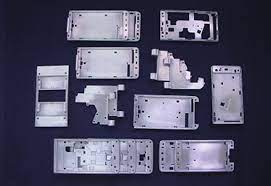
Magnesium alloy die-casting wheel for ebike

Magnesium alloy die-casting electric vehicle mid-mounted motor housing

OEM high pressure die casting magnesium alloy frame for bicycle

Magensium mountain bike frame

Magnesium alloy foundry parts bicycle frame CNC machining & surface finishing

Integrated 3-spoke wheel for MTB with CNC machining &surface treatment

Magnesium alloy bike parts & componenets for kid’s push bike

Customized foundry products e-bike components magnesium alloy wheel

Magnesium alloy Thixomolding parts for oxygen suction machine housing

Magnesium alloy Thixomolding power batter housing

Mangensium alloy die-casting Thixomolding metal parts

Mangensium alloy die-casting Thixomolding metal brakets

Magnesium alloy die-casting parts&components for e-bike

Mangensium alloy die-casting Thixomolding metal parts

Mangensium alloy die-casting Thixomolding helmet

Magnesium alloy Thixomolding power batter housing

 0086-750-5616188
0086-750-5616188 +86 13392089688
+86 13392089688 sales@zhongmei-tech.com
sales@zhongmei-tech.com








